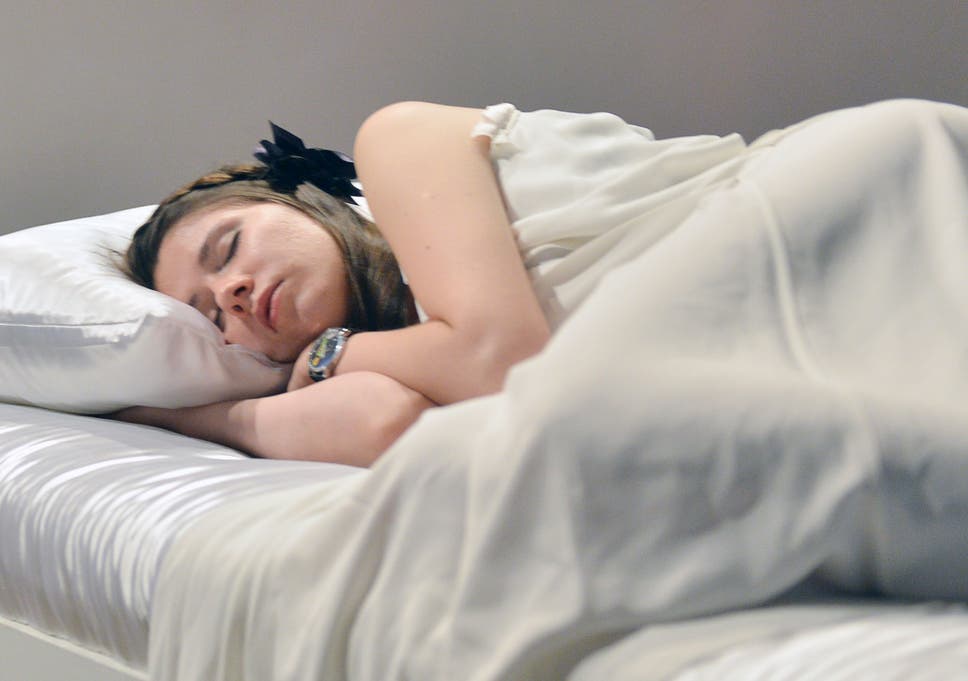I recently had the privilege of meeting with parents and grandparents to discuss parenting styles across the country and through the years. As you might imagine, we laughed a lot at how times have changed—and how parenting methods and priorities have shifted as well.
We had four generations represented in the room:
- Builder Generation—born between 1929-1945
- Baby Boomer Generation—born between 1946-1964
- Baby Busters (Generation X)—born between 1965-1982
- Millennial Generation (Generation Y)—born between 1983-2000.
Veteran parents remarked how they were raised in a different culture, where mom and dad were consistent, but focused on their work. Families were larger so it was difficult to get to every recital. One man remarked, “My dad never came to watch me play a game or a match; he was busy at work. I never expected him to be there.”
Another responded, “Wow. I was raised in a culture where you were considered a poor mom or dad if you didn’t attend your kid’s ballgames or swim meets. Somehow, parents found a way to be there.”
Why Do You Lead the Way You Do?
I’ve noticed a pattern in parents and educators over the last four decades. We watch and learn from the mistakes of previous generations but tend to over-correct those styles. Beware: each new generation of adults is prone to behave in one of two ways:
1. We Respond – This is intentional but can be extreme.
This happens when our current generation observes an unhealthy habit in the past, but in our desire to correct it, we over-compensate. For example, my parent’s generation often raised kids who were not the center of attention in the home. Those moms and dads, raised during the Great Depression, prioritized work because it guaranteed survival and provision. As a result, the kids may have lacked attention or affection; they shared parents’ attention with many siblings; dad was often too busy to attend his child’s ballgame or recital.
So, late Baby Boomers and Generation X parents reacted to this preoccupied parenting style with a pandering parenting style. Instead of finding balance, too many parents swung the pendulum to the other extreme. I remember in 1990 speaking to a young mother who said her goal was to “delight in her children.” What a great goal. As I watched her children grow up, however, I saw spoiled teenagers who assumed they were the center of the universe. She overdid it. Specific examples of this shift are:
- Childhood safety – playground equipment was removed or changed; overprotective styles refused to let kids go unsupervised at any time.
- Childhood self-esteem – participation awards, graduation ceremonies at all levels; bumper stickers on our cars about our awesome kids.
2. We React – This is natural but can be unhealthy.
As Generation X and the Millennials became the parents, they reacted to the mistakes of previous parents, but too often reacted in an unhealthy manner. For instance, many have done away with the “participation trophy” realizing how it demotivated kids, especially boys. Frequently, however, the shift put too much pressure on Generation Z children to perform at a high level as early as elementary school age. Dads or moms can go ballistic on a little league field watching nine-year old’s play a game, as if scholarships are on the line and scouts are watching and recruiting.
The shift was another extreme. Sadly, it became about “us” instead of our kids. Too many moms are living out their unlived life through their daughter who is a ballerina or a gymnast. Too many dads are doing the same as they watch their son play baseball or soccer and critique them as if they’re going pro. We become blind to the fact that our kids begin burning out at age 13. We’ve all but removed normal childhood, replacing it with college prep lifestyles in primary school and no margins at all. Specific examples of this shift are:
- Childhood pressure – kids became the target of parent’s goals, to make the grade; make the team; gain the scholarship; make the dean’s list.
- Childhood priority – kids became the focal point of the family; the center of our solar system, which places too much pressure on them.
May I make a suggestion? Parents—don’t let yourself get sucked into unhealthy patterns, keeping up with the Joneses just because you fear not looking good to other parents. Sometimes I think we don’t even see what’s happening to us. My wife and I set a goal (as our children grew up) to communicate that they were loved and valuable, but they were part of something bigger and it wasn’t about them. We all shared chores and we worked to celebrate each other. I think it prepared them better for life as an adult. I say: let’s make wise decisions, empowering our kids to grow up and do what they are gifted to do, not what we wish they would do. And maybe if we let them be children at young ages, they’ll be ready to be adults when it’s time.


 CreditCreditRobyn Beck/Agence France-Presse — Getty Images
CreditCreditRobyn Beck/Agence France-Presse — Getty Images

